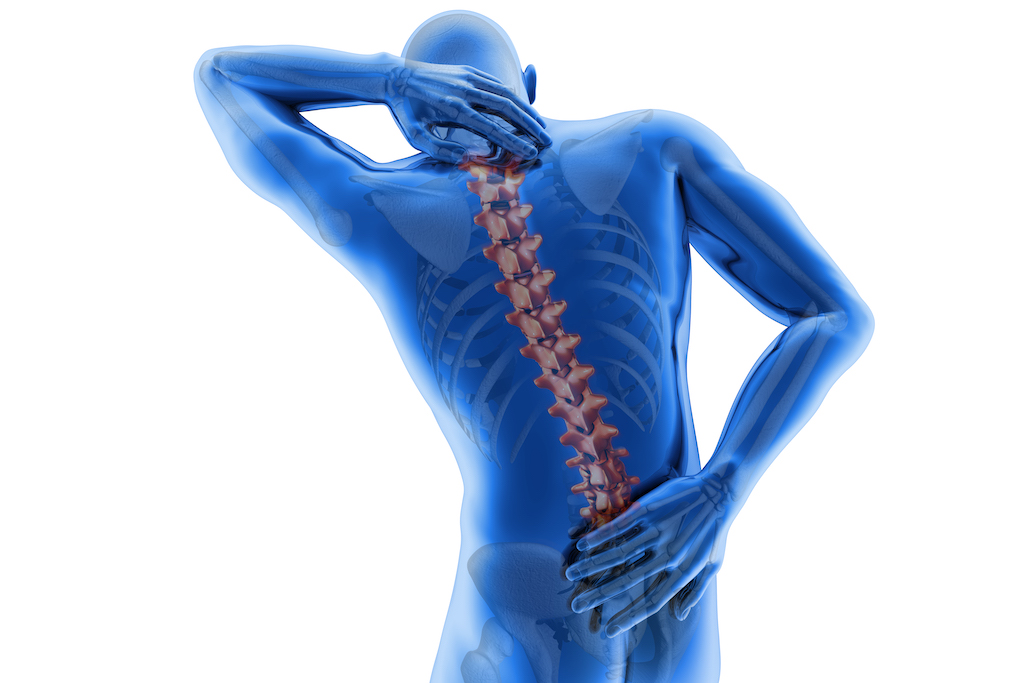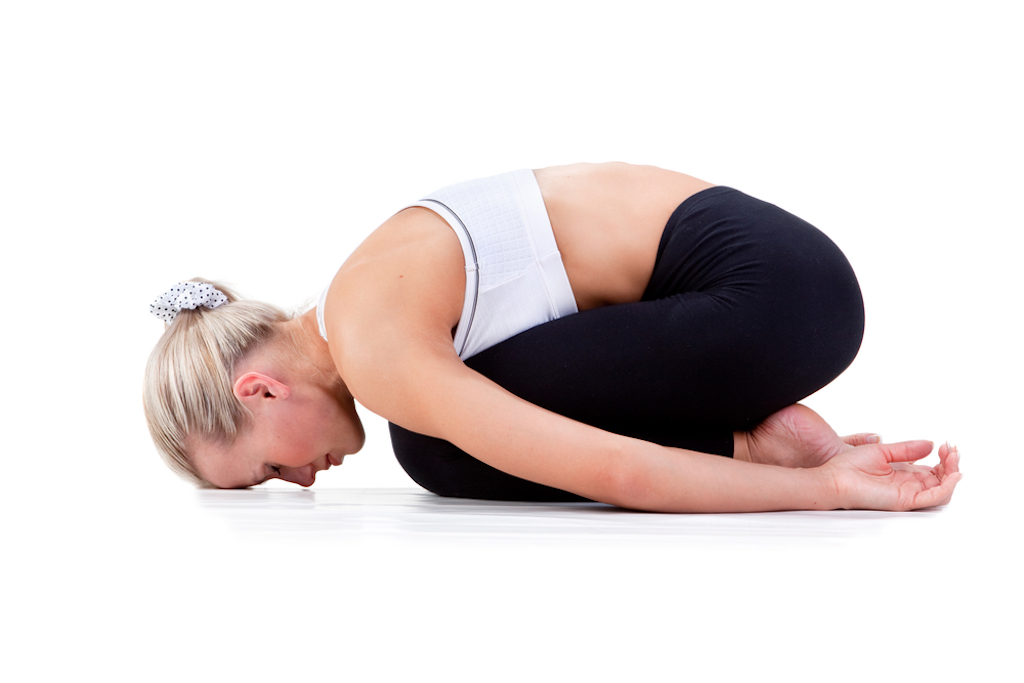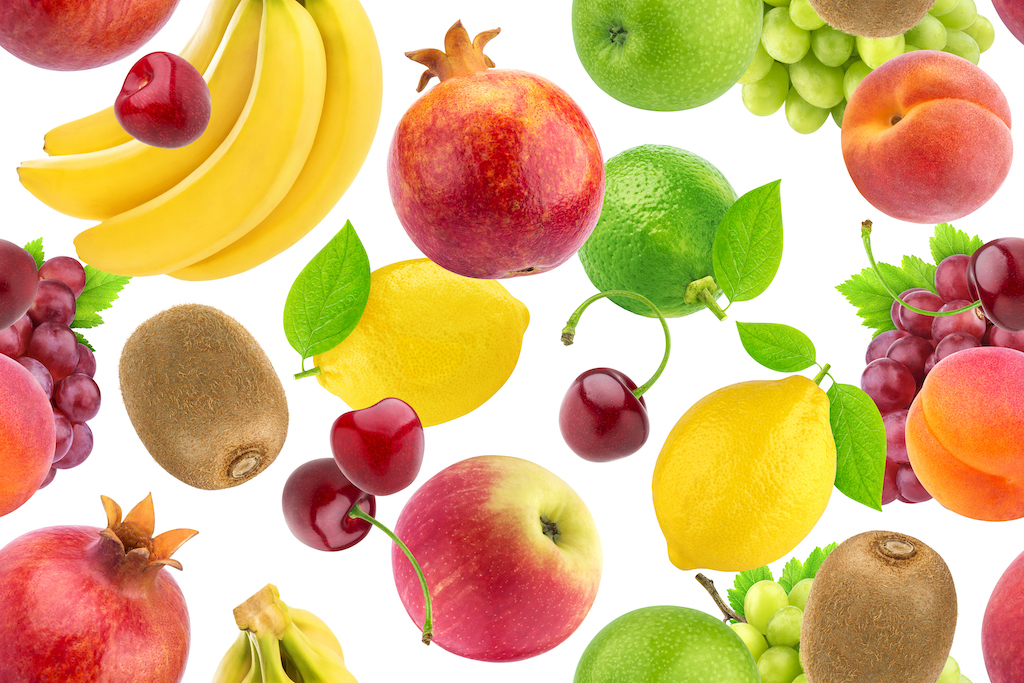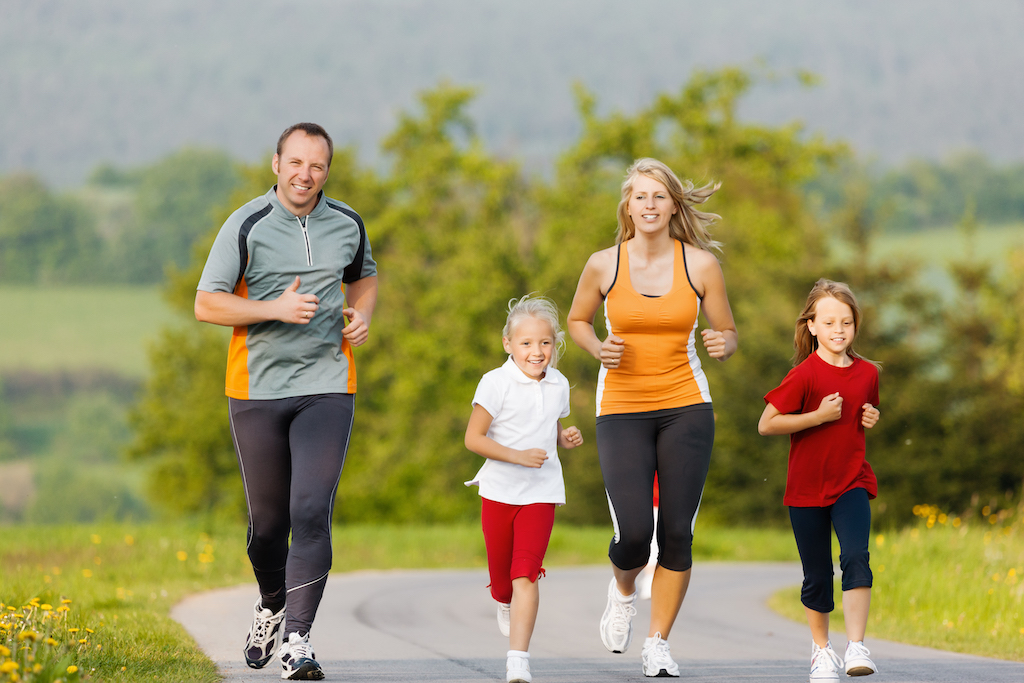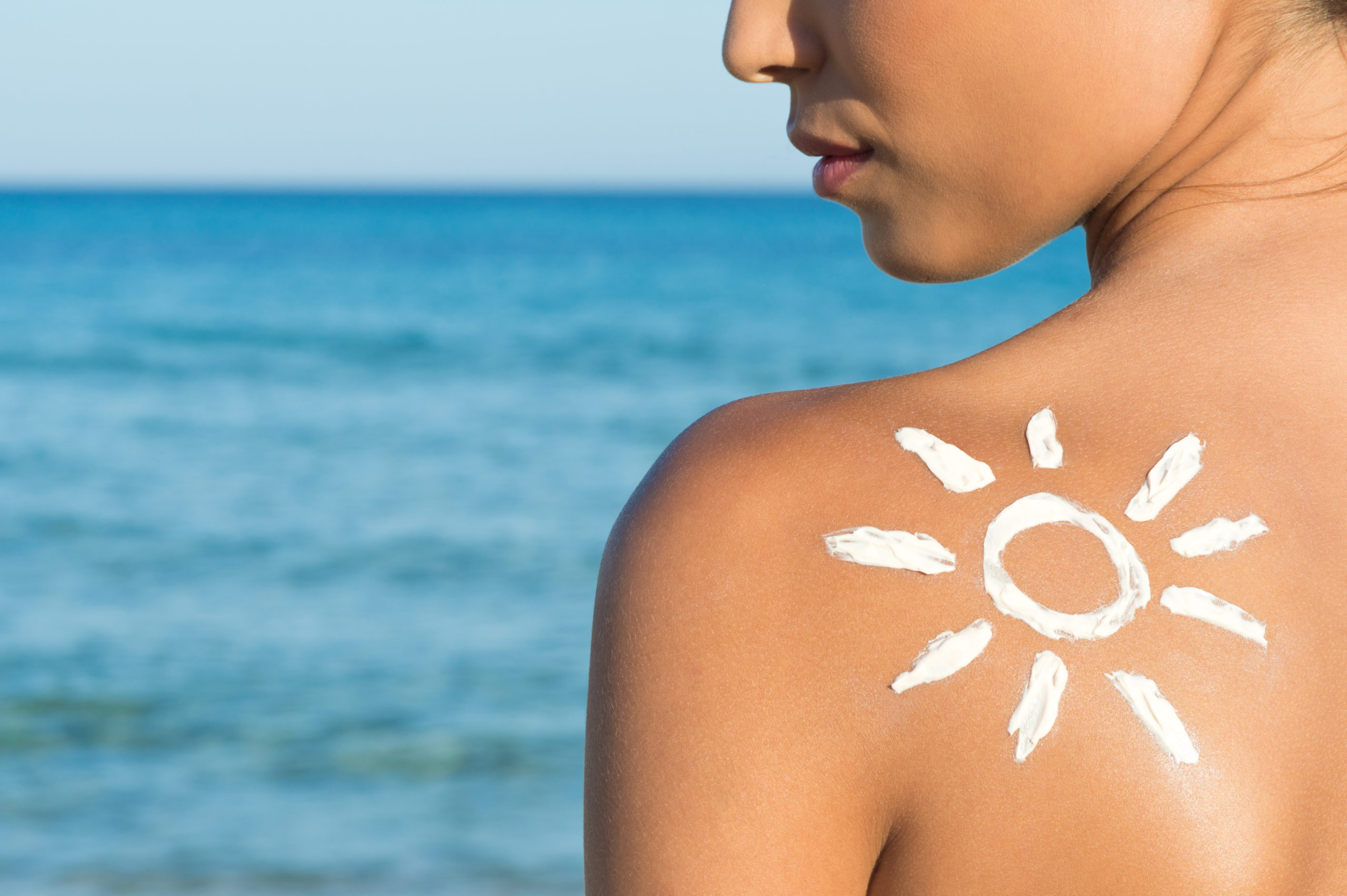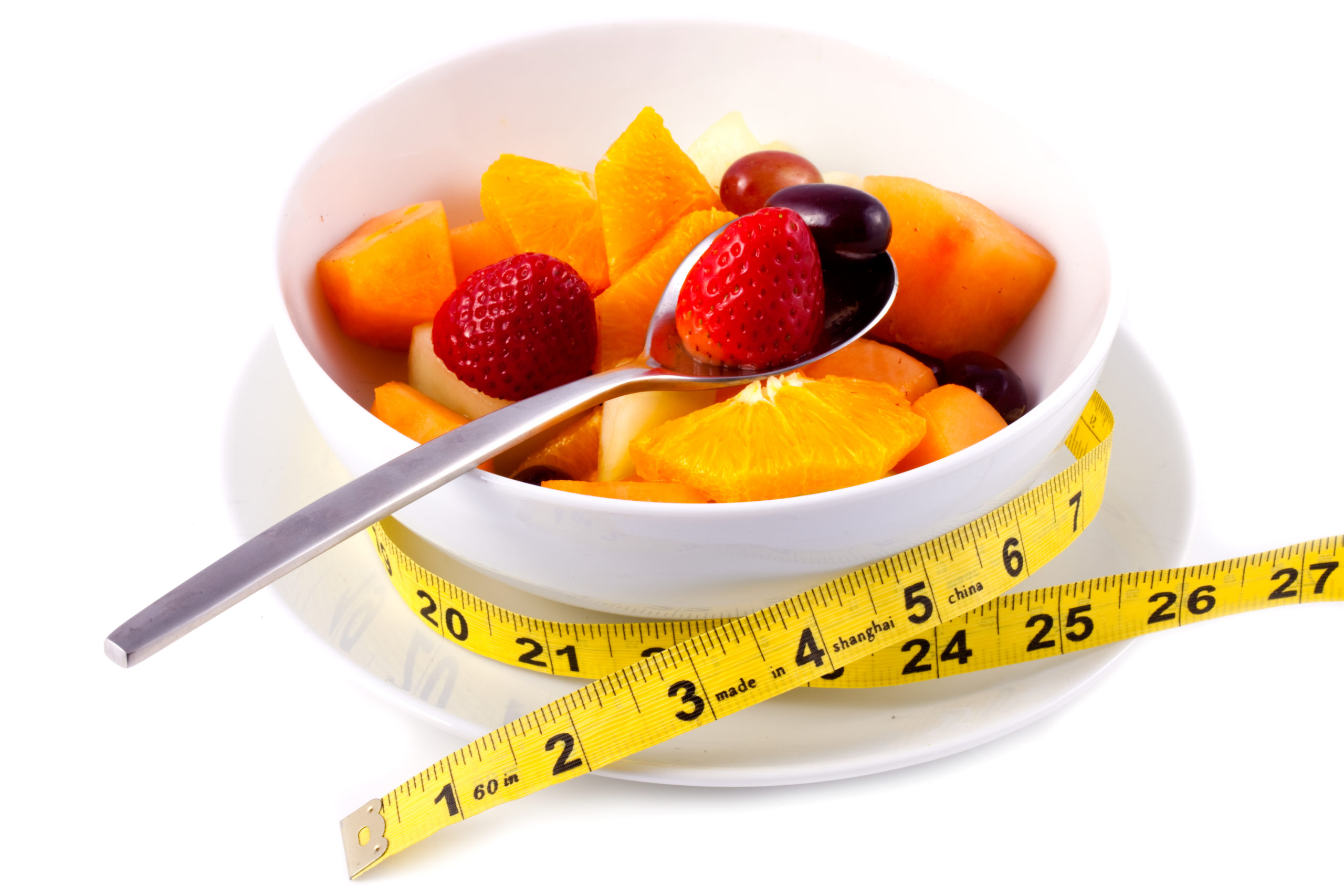Exploring Flexibility, Transparency, and Control in Your Healthcare Decisions
In today’s complex healthcare system, patients often feel restricted by insurance networks, hidden costs, and limited provider options. But there’s another path: self-pay healthcare. Whether you’re planning a surgery or navigating routine care, direct surgical care can offer advantages that insurance-based models often can’t match by cutting out the middleman. With greater flexibility, transparent pricing, and the freedom to choose providers and services without insurance constraints, self-pay healthcare has become an increasingly attractive option for many.
So, why might self-pay be the right choice for your next surgery? Let’s break it down.
Flexibility in Choosing Your Provider and Services
One of the most appealing aspects of self-pay healthcare is the ability to choose your provider and services without being confined to an insurance network. When insurance is involved, you’re often forced to see in-network doctors or use approved facilities, which may not align with your preferences for quality, convenience, or care style.
With self-pay, the decision is entirely in your hands. You can choose a surgeon with a track record that fits your needs, opt for a facility that’s more convenient, or explore services that insurance might not cover. This flexibility is especially valuable for elective surgeries or specialized treatments where quality and trust in your provider are paramount.
Transparent Pricing and No Surprise Bills
One of the biggest frustrations with insurance-based care is the lack of pricing transparency. Patients often receive services without knowing the full cost, only to be hit with surprise bills later. Self-pay surgical care flips that model on its head, offering upfront, transparent pricing for surgeries and other procedures.
At Solstice Health, for example, patients opting for direct surgical care know exactly what they’re paying for before the procedure begins. This allows for better financial planning and eliminates the anxiety of hidden costs. When you pay out-of-pocket, you’re also more likely to benefit from bundled pricing, where the cost of the surgery, facility fees, and post-operative care are all included in one comprehensive, transparent price.
Greater Control Over Your Healthcare Decisions
With self-pay, you regain control over your healthcare decisions. Insurance companies often dictate what treatments are “necessary” or “covered,” leaving little room for you and your doctor to make decisions based solely on your individual needs. Self-pay gives you the power to work directly with your healthcare provider, without third-party interference, ensuring your care plan is tailored to what’s best for you—not what’s best for your insurer.
When Self-Pay Might Be More Beneficial Than Insurance
While self-pay can be an attractive option for many, there are specific scenarios where it’s particularly beneficial:
- Elective Surgeries: Procedures like cosmetic surgeries, LASIK, or even some orthopedic surgeries may not be covered by insurance at all, or they come with hefty out-of-pocket expenses despite having coverage. Self-pay allows you to bypass these limitations and proceed with the procedure when and where you choose.
- High-Deductible Insurance Plans: Many people are on high-deductible insurance plans, meaning they’re paying out-of-pocket for most medical services until their deductible is met. In these cases, self-pay can sometimes be more affordable than going through insurance, especially when transparent, bundled pricing is available.
- Faster Access to Care: When using insurance, patients often face long wait times for certain procedures due to network restrictions or prior authorizations. With self-pay, you can schedule surgeries and treatments on your timeline, without the delays that often come with insurance approvals.
- Out-of-Network Care: If your preferred surgeon or specialist isn’t in your insurance network, self-pay allows you to receive care from them without facing exorbitant out-of-network costs. This is especially valuable when seeking out a particular expert or a higher level of care for your surgery.
Solstice Health: Self-Pay Surgical Services on Your Terms
At Solstice Health, we believe that healthcare should be accessible, affordable, and patient-centered. Our self-pay surgical services are designed to provide transparency, flexibility, and quality care without the restrictions of insurance networks. Whether you’re planning an elective surgery or simply looking for greater control over your healthcare, our approach ensures that you receive the care you need, on your terms.
Ready to explore the benefits of self-pay for your next surgery? Contact Solstice Health today to learn more about our services and how we can help you take control of your healthcare decisions.


